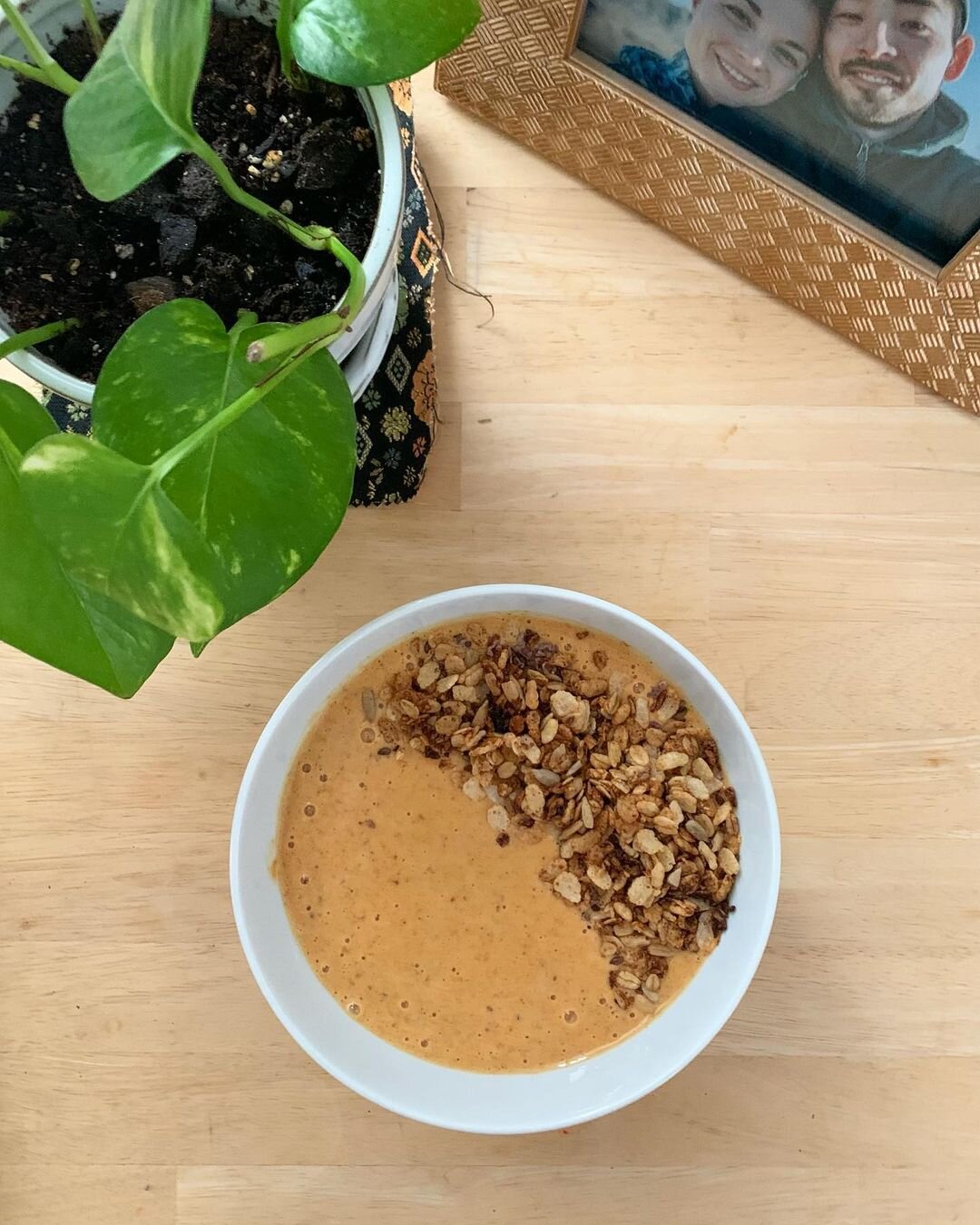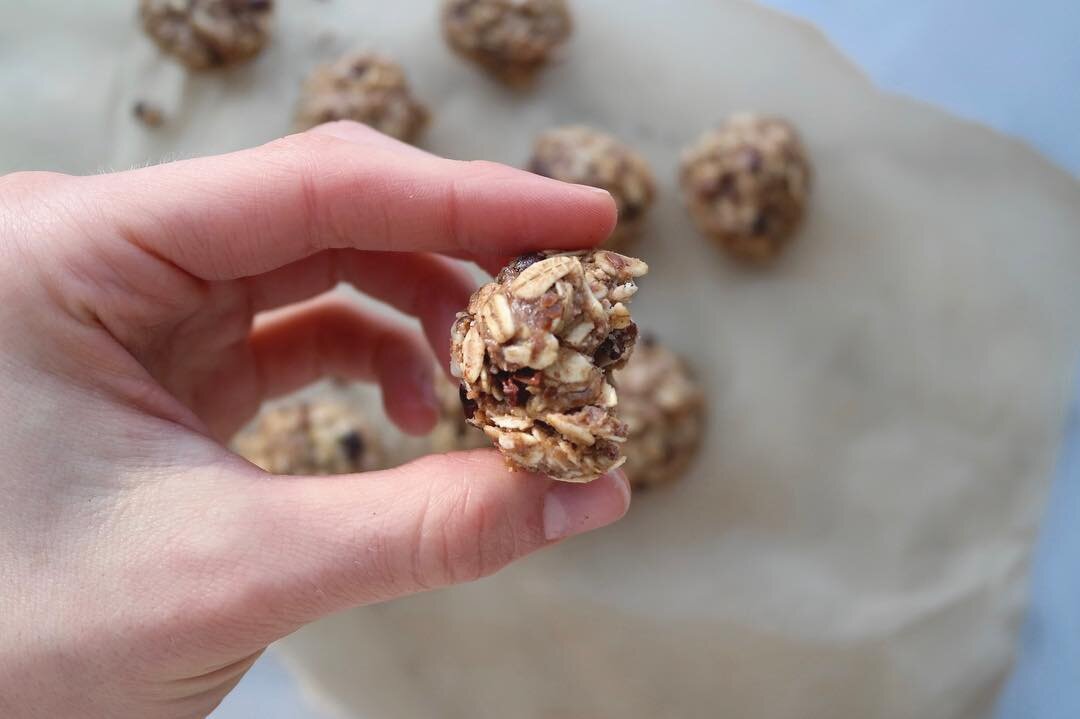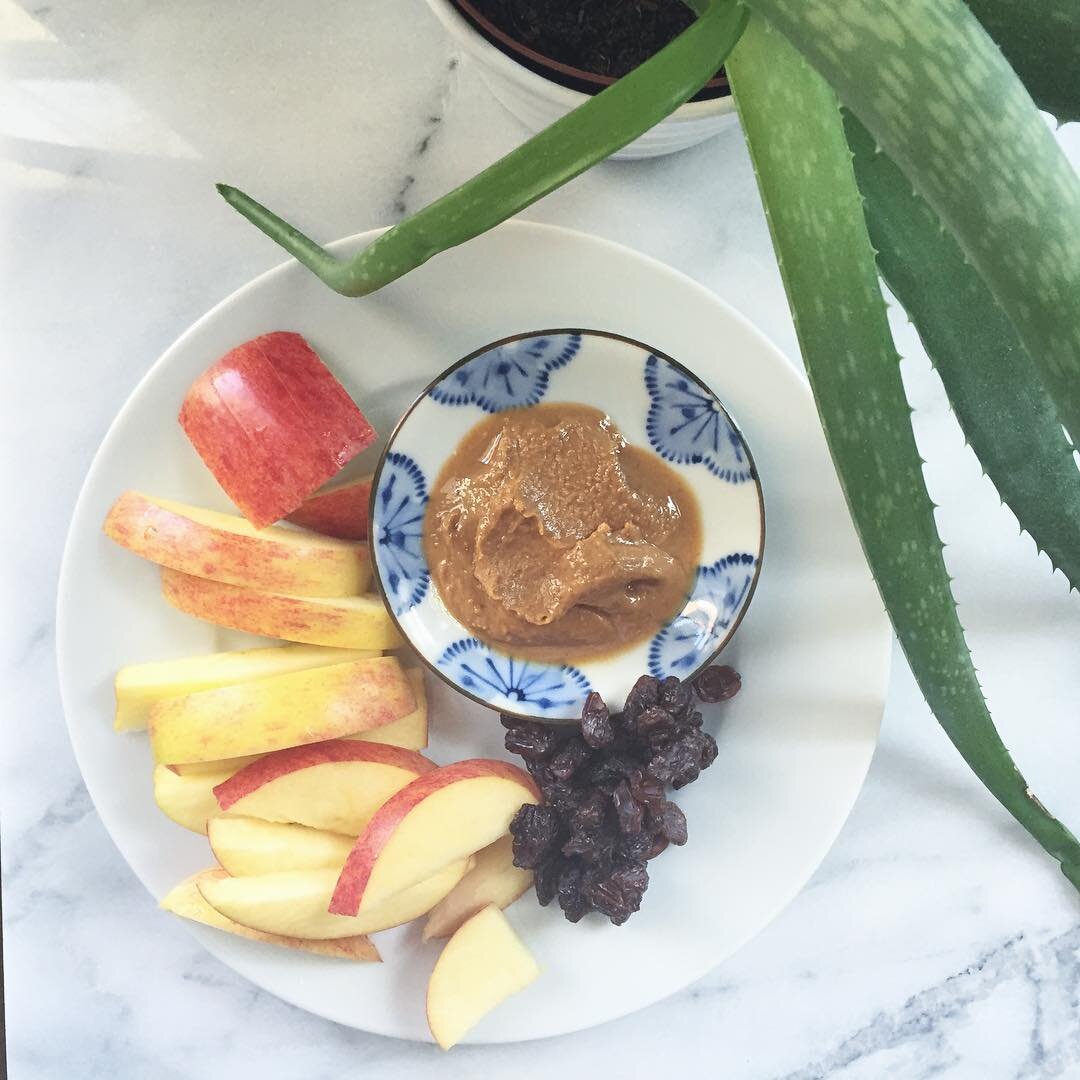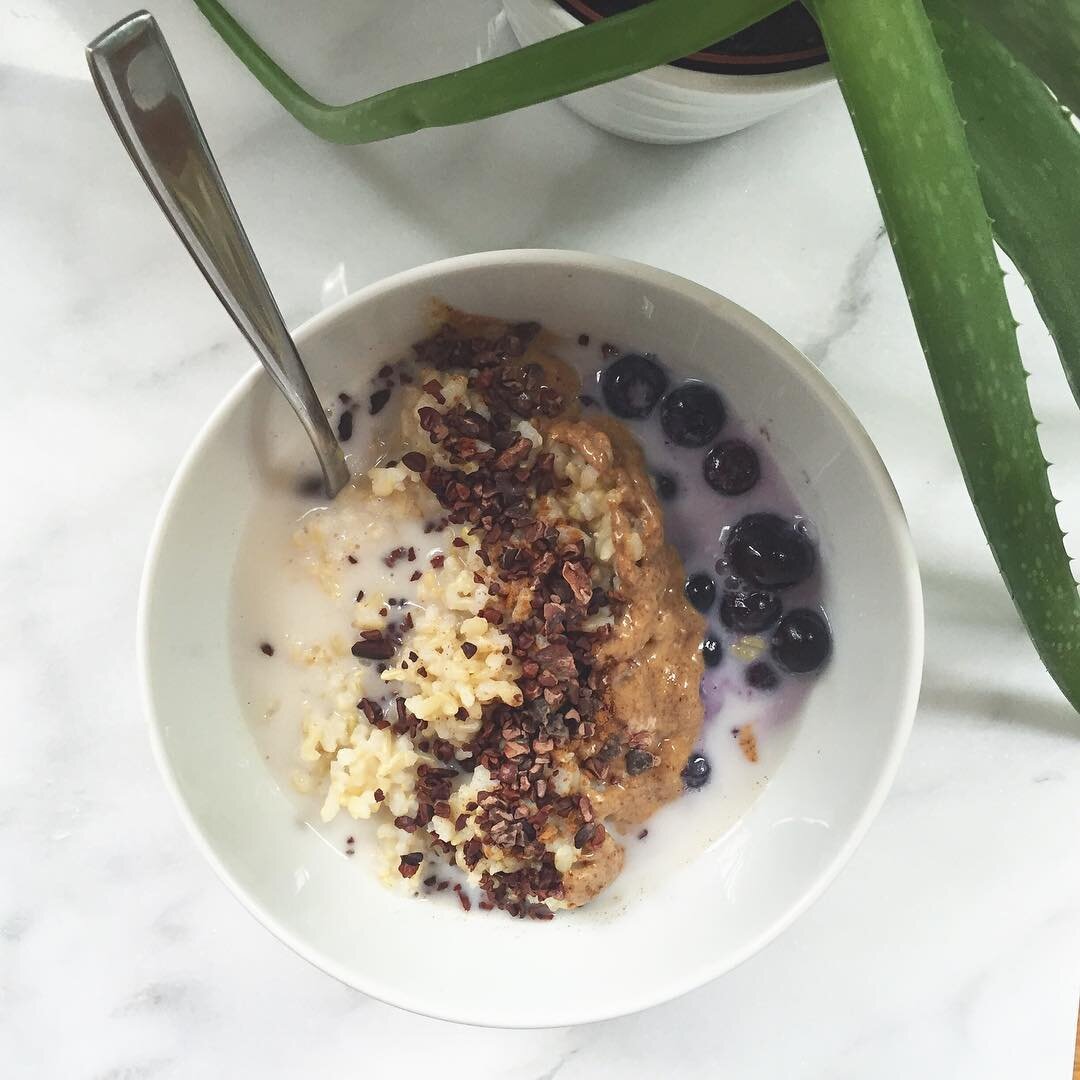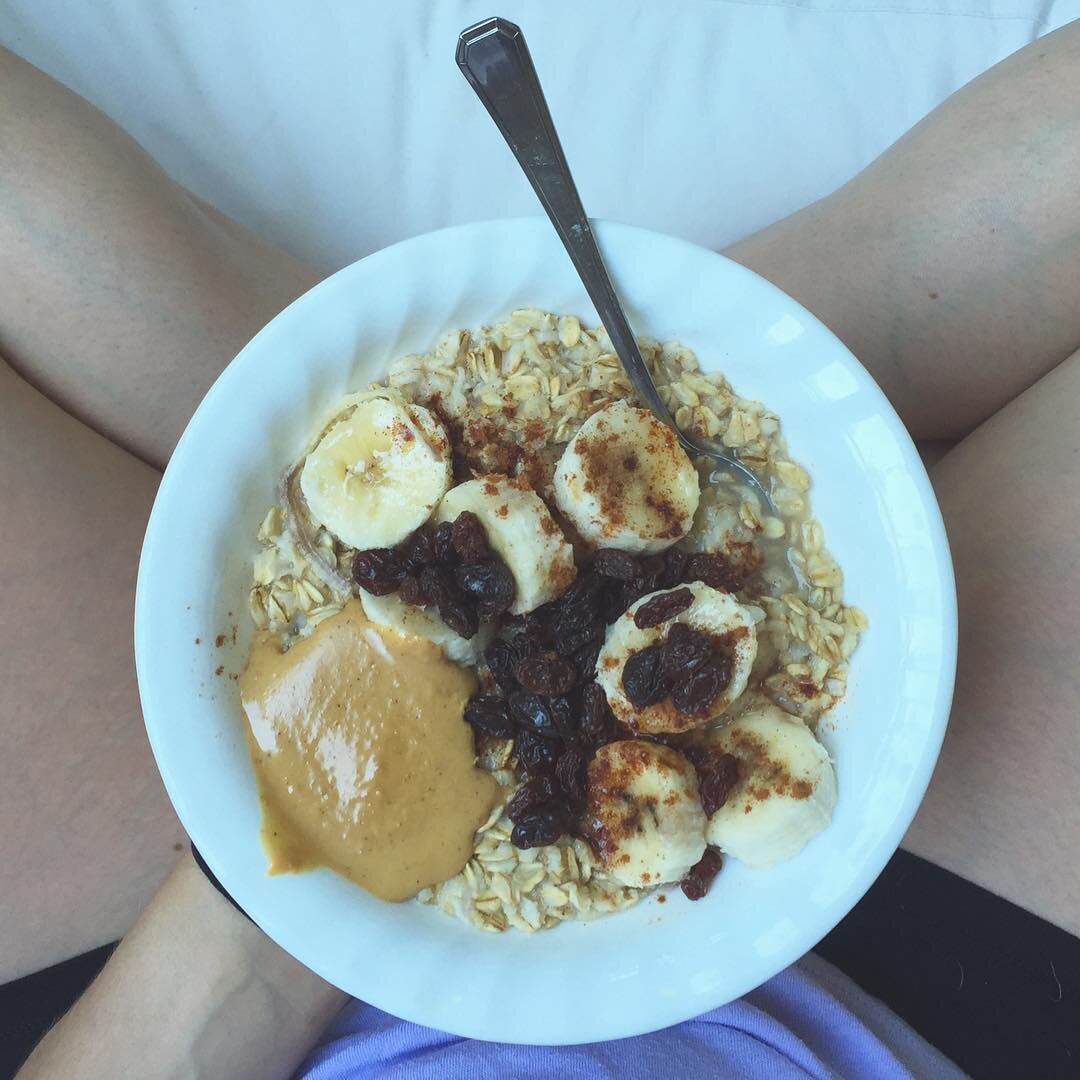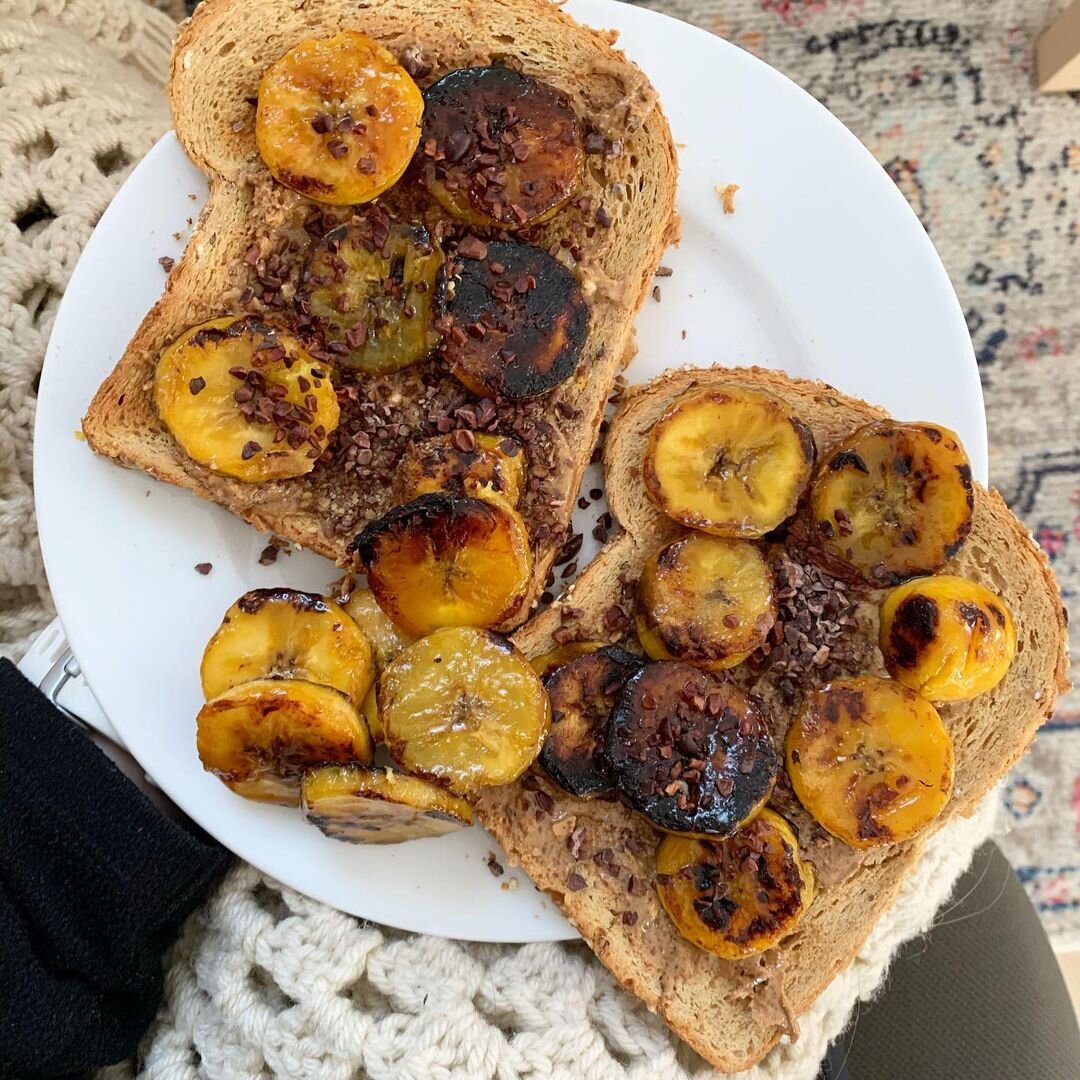How to improve your relationship with pre- and post-workout fueling
Caution: This post dives into some disordered eating topics. If you are currently struggling with disordered eating know that you are not alone. Find resources here.
To be honest, I haven’t always had the best relationship with food and exercise. In college, I rotated between two mentalities: “burn as many calories as I ate/drank” and “sweat it out.” College wasn’t the only troublesome time. My disordered relationship with food and movement started young – as it does for many individuals. Maybe some of these habits sound familiar to you:
Counting calories
Constantly thinking about food
Worried about input vs. output
Only eating ____ if I exercised for X amount of time
Waiting for belly growls before eating
Skipping carbs because “carbs are bad”
Eating for comfort
I’ve gone through phases of each of these and, if I’m being completely honest, some of these habits still present themselves from time to time. However, on my running journey, I learned to detach from a lot of these narratives especially “carbs are bad” and using exercise to make up for calories consumed. Running – especially marathon training – also taught me to listen to my hunger cues and be OK about when they hit… even if they show up ferociously on rest days.
Other signs of disordered eating
Now, of course, those aren’t the only signs of disordered eating. According to the Academy of Nutrition and Dietetics, others might include:
Frequent dieting, skipping meals, or anxiety associated with specific foods
Weight fluctuations
Rigid rituals and routines surrounding food and exercise
Feelings of guilt and shame associated with eating
Preoccupation with food, weight, and body image that negatively impacts the quality of life
Loss of control RE: food or compulsive eating habits
These lists are not meant to make you feel ashamed or overwhelmed. I want you to see that you are definitely not alone if these symptoms present themselves in your life. Let me say that one more time: You are not alone.
Can we get to the part about fueling?!
OK, so what does this have to do with your running or workouts? Everything. In order to successfully grow as runners or athletes, we need to overcome harmful, damaging nutrition habits. They don’t have a place in increasing our strength and physical capabilities. They don’t have a place in helping us feel mentally strong and energized.
For me, the first step was to see food as fuel. This took some trial and error – OK, several errors. Being under-fueled for a hard workout or run doesn’t feel good during or after. Personally, without proper fueling, I feel weak and lightheaded in those moments that I want to push. Sometimes under-fueling brings on post-workout nausea and sometimes it brings on a ravenous hunger. It’s a coin toss.
Below, I share some pre- and post-working fueling strategies that work for me. I’d love to hear what works for you. Comment below with your tips and tricks.
Pre- and post-working fueling strategies
What to eat before a run or workout
If your last meal was 2-3 hours ago, you might not need a pre-workout snack. If it’s been longer, opt for a simple carb snack 30-60 minutes before your workout (e.g. rice crackers, white toast, banana, dry cereal, graham crackers, or dried fruit). Some of my absolute favorite simple carb snacks include:
date with a smidge of nut butter
1/2 of a banana
rice cracker with a smidge of nut butter and/or honey
a mini muffin (morning glory muffins FTW)
If you feel like you only need a small boost, a teaspoon of honey or a small glass of juice could also do the trick.
What to drink before a run or workout
When it comes to water, make sure you hydrate before you get sweaty. Here’s a very basic rule of thumb:
2 hours before exercise: 17-20 oz. (500-600 mL)
Every 10-20 minutes during exercise: 7-10 oz. (200-300 mL)
If you’re a morning workout person, give yourself at least 30 minutes to wake up, drink some water, and do some dynamic stretching. You don’t need to drink 17-20 oz. of water – instead, consider drinking at least half of that and sip on water during your workout using the same rule of thumb above.
What to bring for a long run or workout
To feel good from the beginning to end of a 60+ minute run, you’ll need to enlist extra reinforcements:
Water
Electrolytes (with sodium)
Quick-absorbed carbs (30-60 g of carbs for every hour of training)
I always wear my hydration pack on long runs to carry water and anything else I might need. For electrolytes, I love Nuun. For carbs I like gels, Honey Stinger waffles, gummy bears, and dried fruit – I’ve tried them all. Important: Test these carbs out on shorter runs or bike rides to make sure your stomach can handle them.
For more specific fueling advice, send me a note.
What to eat after a workout or run
You won’t always feel hungry after a run but it’s important to 1. hydrate and 2. eat a nutrition-packed snack or prepare a meal. Rehydrate with carbs (i.e. a little sugar) in the form of electrolyte tablets, greens powder, juice, or something similar. This is important after longer runs because sodium levels can deplete dramatically so ….
For snacks:
Protein shake
Simple smoothie of banana, nut butter, and milk
Hard-boiled eggs
Yogurt or cottage cheese with berries
Hummus and snacking veggies
For meals, don’t skip your carbs. Craft a meal that has a serving of carbs, fruit or vegetable, and protein. If you’re looking for inspiration, I can recommend Starla at The Healthy Shine. Some of my favorite post-run and workout combos are:
Oatmeal with nut butter and berries
Rice or quinoa bowl with veggies and a fried egg
An egg or tofu scramble with toast
Bread topped with chickpea or tuna salad
The fueling journey doesn’t stop here. Keep hydrating all day long to support your muscles. If water isn’t cutting it, try coconut water, decaf teas, or mixing up homemade chocolate milk. You want to have enough energy to do all of the other amazing things you get to do.
Now, let’s get sweaty.



